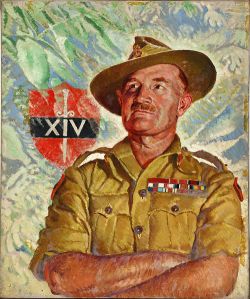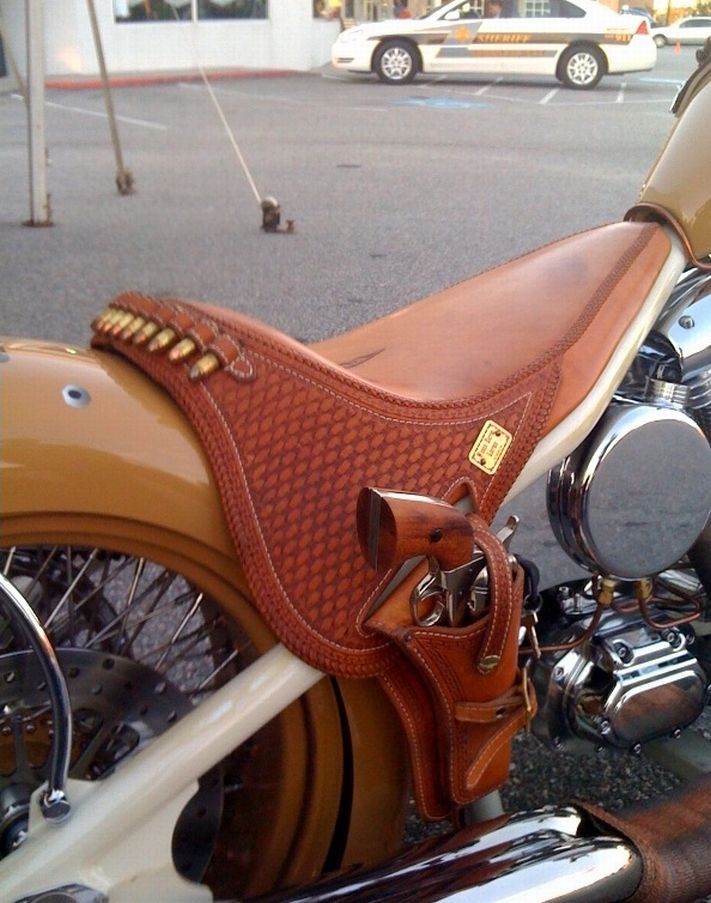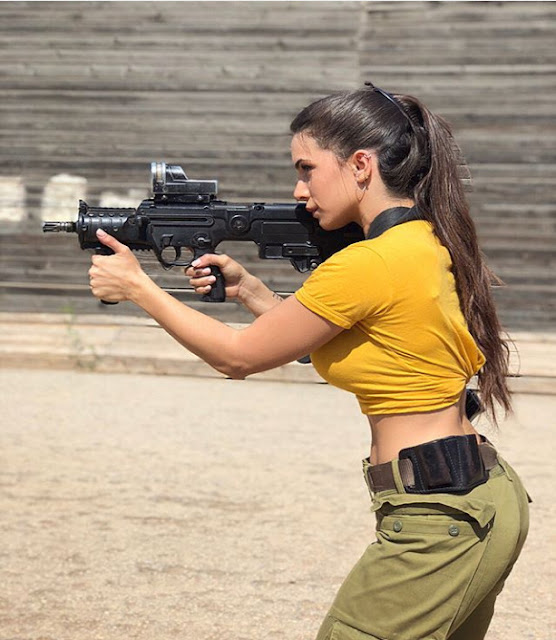Why America Is Losing Its Wars
Daniel N. White. Introduction by William Astore.
Unbeknownst to most Americans, the U.S. military has embraced special forces (SEALs, Green Berets, and the like) and has been deploying them globally to at least eighty different countries. There’s an allure to special forces and the special ops community captured in the country’s admiration of SEAL Team 6 and Hollywood productions like Act of Valor.
Yet some of history’s finest military leaders haven’t been as enamored of special forces as Hollywood and the American public. Count William Slim among their ranks. Slim was a British field marshal who rescued Britain from certain defeat in Burma during World War II, a man deeply respected within military circles for his leadership and wisdom.
Slim, as Dan White shows, has a lot to teach the US military about the danger of placing too much faith in special ops, especially when larger political and strategic purposes are misguided or lacking. W.J. Astore
Why America Is Losing Its Wars
Daniel N. White
There are two big reasons why the US military continues to lose its wars. The first is an uncritical embrace of special forces; the second is a complete lack of clear and achievable political and military objectives. Both reasons are best exposed through the writings of one of the great military leaders of the 20th (or any other) century: Field Marshal Viscount William Slim.
Let’s take the first point first. Currently, the US military is undergoing an unprecedented boom in special forces manpower. Special forces now number a stupendous 63,000 (with expansion plans to 72,000) when the US Army numbers only 546,000. This push to create a huge special forces establishment and to make it the apex of the US military’s operational forces has gone largely unnoticed and uncommented on. And that’s a shame, since it’s perilous both for our military and our country.
In this conclusion I’m supported by Field Marshal Slim. Slim led the Imperial British forces in Burma, a composite army of more than a dozen nationalities, from defeat in 1942 to an overwhelming victory in 1945.
Americans celebrate our defeats of the Japanese in World War II, but our battles—tough as they were—were against Japanese forces outnumbered and cut off from supply and reinforcement on Pacific island battles.
Slim inflicted the largest defeat ever in the history of the Japanese military, and did it on an open battlefield with no great superiority in men and materiel with a defeated army he personally rebuilt and retrained.
Slim’s thoughtful critique of special ops, based on hard-won military experience, is worth quoting at length:
Special forces, according to Slim, “formations, trained, equipped, and mentally adjusted for one kind of operation only, were wasteful. They did not give, militarily, a worthwhile return for the resources in men, material, and time that they absorbed.”
“To begin with, they were usually formed by attracting the best men from normal units by better conditions, promise of excitement, and not a little propaganda.
Even on the rare occasions when normal units were converted into special ones without the option of volunteering, the same process went on in reverse. Men thought to be below the standards set or over an arbitrary age limit were weeded out to less favored corps.
The result of these methods was undoubtedly to lower the quality of the rest of the Army, especially of the infantry, not only by skimming the cream off it, but by encouraging the idea that certain of the normal operations of war were so difficult that only specially equipped corps d’elite could be expected to undertake them.”
“Armies do not win wars by means of a few bodies of super-soldiers but by the average quality of their standard units. Anything, whatever short cuts to victory it may promise, which thus weakens the Army spirit is dangerous.
Commanders who have used these special forces have found, as we did in Burma, that they have another grave disadvantage—they can be employed actively for only restricted periods.
Then they demand to be taken out of the battle to recuperate, while normal formations are expected to have no such limits to their employment. In Burma, the time spent in action with the enemy by special forces was only a fraction of that endured by the normal divisions.”
“The rush to form special forces arose from confused thinking on what were, or were not, normal operations of war…The level of initiative, individual training, and weapon skill required in, say, a commando, is admirable; what is not admirable is that it should be confined to a few small units.
Any well trained infantry battalion should be able to do what a commando can do; in the Fourteenth Army they could and did. The cult of special forces is as sensible as to form a Royal Corps of Tree Climbers and say that no soldier who does not wear its green hat with a bunch of oak leaves stuck in it should be expected to climb a tree.”
Let’s recap. We have the US military, the Army in particular, embarked on an unprecedented explosion of special forces within its ranks.
One of the great military leaders of the 20th century says that special forces are expensive in resources and generally don’t deliver on what they promise. This doesn’t look good.
It looks worse when you consider that this explosion of special forces has coincided with two military defeats against what charitably must be called third rate opponents in Iraq and Afghanistan.
Slim provides additional reasons why our military’s excessive reliance on special forces contributed to these defeats:
“The question of control of these clandestine bodies is not without its pitfalls. In the last war among the allies, cloak-and-dagger organizations multiplied until to commanders in the field—at least in my theater—they became an embarrassment.
The trouble was that each was controlled from some distant headquarters of its own, and such was the secrecy and mutual suspicion in which they operated that they sometimes acted in close proximity to our troops without the knowledge of any commander in the field, with a complete lack of coordination among themselves, and in dangerous ignorance of local tactical developments.
It was not until the activities of all clandestine bodies operating in or near our troops were coordinated and where necessary controlled, through a senior officer on the staff of the commander on the area, that confusion, ineffectiveness, and lost opportunities were avoided.”
Special forces, with their unique and often secretive lines of command, generate severe operational problems in the field, a problem which the US military has experienced in its own, most recent, wars in Iraq and Afghanistan.
Slim’s critique supports the notion that the US military’s recent rush to special forces has contributed to its defeats of late. The question is why this rush to special forces occurred. The major reason is our confused thinking about war. Any war as incoherent and objectiveless as a global war on “terror” must inevitably spawn confused thinking about what normal military operations are in such a war.
The US military simply has no coherent military or political objective for these wars. I’ve written elsewhere about this, see HERE and HERE.
For the US military, confused thinking at the higher echelons provided special forces enthusiasts with their chance to expand beyond all necessity because they claimed (falsely) to have all the answers for the current uncharted seas we were sailing. They had a plan when others didn’t, and that’s a large part of the rush to special forces—no firm hand was on the tiller.
Here again we should turn to Slim, because he brings to the fore the dire consequence of fighting without coherent objectives:
“For the poor showing we made during the first phase of the war in Burma, the Retreat, there may have been few excuses, but there were many causes, some of them beyond the control of local commanders.
Of these causes, one affected all our efforts and contributed much to turning our defeat into disaster—the failure, after the fall of Rangoon, to give the forces in the field a clear strategic object for the campaign….
Yet a realistic assessment of possibilities there and a firm, clear directive would have made a great deal of difference to us and to the way we fought. Burma was not the first, nor was it to be the last, campaign that had been launched on no very clear realization of its political or military objects. A study of such campaigns points emphatically to the almost inevitable disaster that must follow. (Italics mine) Commanders in the field, in fairness to them and their troops, must be clear and definitely told what is the object they are locally to attain.”
Future discussions of why the US has been defeated in its two most recent wars should use these words of Slim as the starting point for any explanation of US failure. The US military’s rush to special forces is a contributing factor to our current military defeats, but the lead cause is as painfully obvious as it is almost completely ignored: the total lack of clear and coherent political and military objectives for our wars.
The US military’s mania for special forces bothers no one in Washington’s political circles, let alone within the Pentagon. But from what Slim has taught us, it’s all going to end badly. Just how badly depends on our future military adventures.
We will certainly have a less effective military because of our special forces mania. In peacetime that’s regrettable but not fatal. But come wartime we will ask too much of our special forces and they will fail. Meanwhile, the regular military, weakened by years of special forces mania, may fail as well. It’s a sure-fire recipe for defeat.
Unlike Slim, the US military—weakened by structural faults driven by special forces mania and befuddled by a lack of clear and achievable objectives—won’t be able to turn defeat into victory.
Daniel N. White has lived in Austin, Texas, for a lot longer than he originally planned to. He reads a lot more than we are supposed to, particularly about topics that we really aren’t supposed to worry about. He works blue-collar for a living–you can be honest doing that–but is somewhat fed up with it right now. He will gladly respond to all comments that aren’t too insulting or dumb. He can be reached at Louis_14_le_roi_soleil@hotmail.com.



/arc-anglerfish-arc2-prod-mco.s3.amazonaws.com/public/3TOCWEDL4VAMLLLKHTGKZDLL4Q.jpg)
/arc-anglerfish-arc2-prod-mco.s3.amazonaws.com/public/OI64KVSJZRBVZJU3YOQNAOTCSE.JPG)
/arc-anglerfish-arc2-prod-mco.s3.amazonaws.com/public/OLJIGRAS2NDK7MCSLTGF443SBE.jpg)




